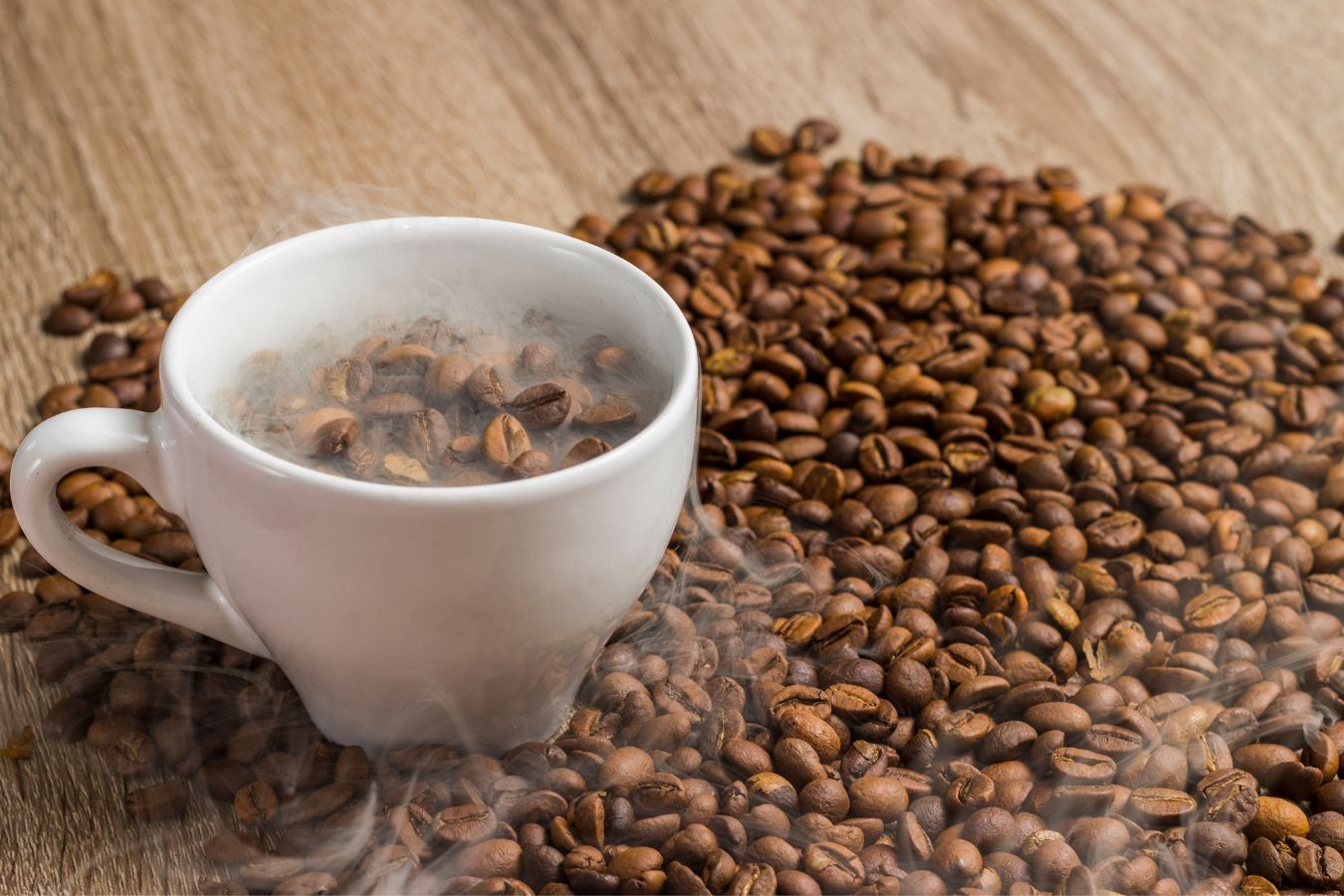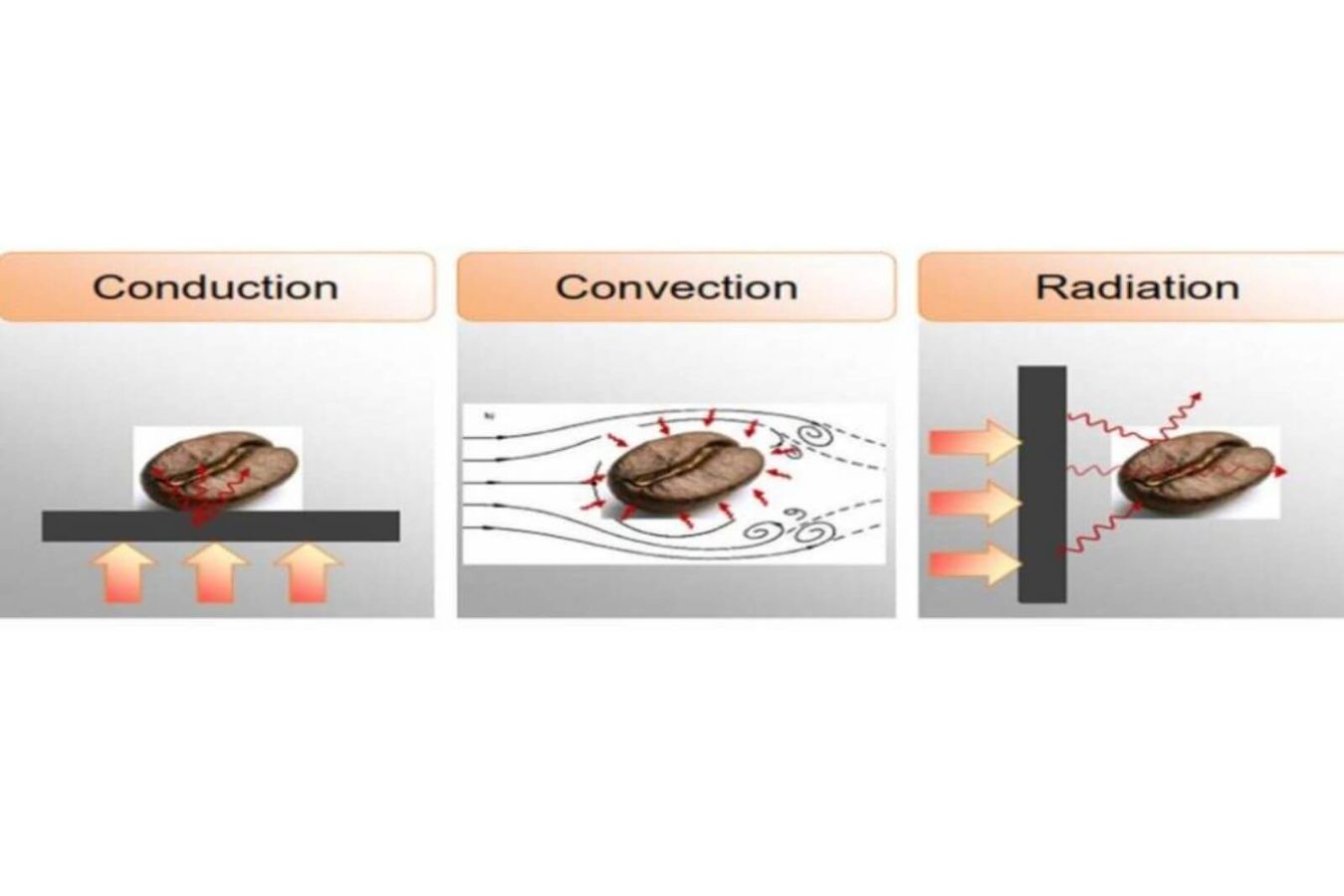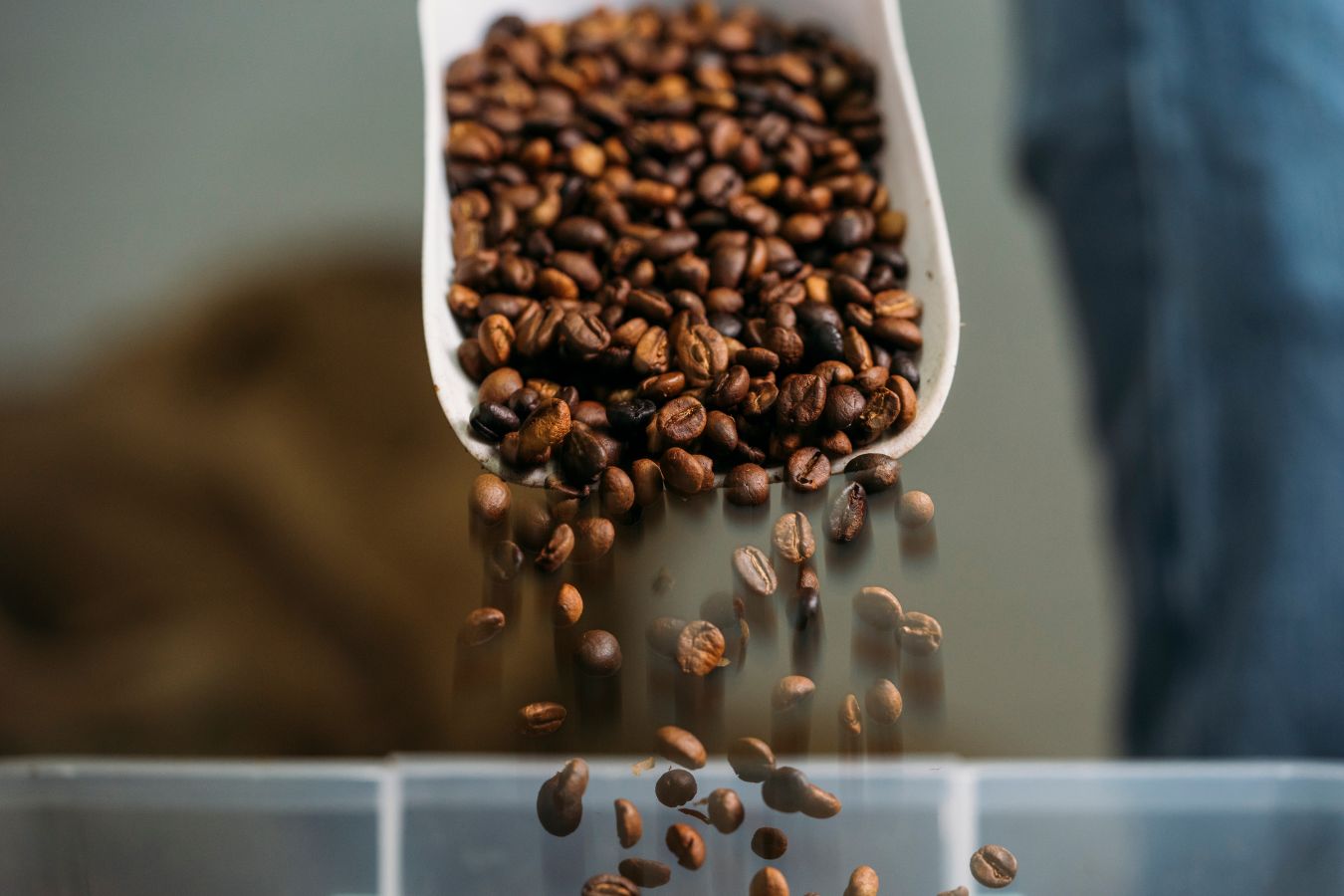
The principles of heat transfer in coffee roasting
The Heat Conduction Principle
– Heat always transfers from hot to cold materials.
– Heat is the energy stored as heat within a material.

– An excessive amount of heat can cause fires in cages, silk-shell storage boxes, and exhaust chimneys.
– Convection: the movement of air around a particle.
– Contact with the roasting cage: the cage must rotate to prevent grain burning.
– Radiation: A metal cage that is extremely hot.
During the roasting process, heat conduction occurs.
Execution (Conduction)
– Heat is transported from the hot roasting cage to the coffee bean’s outer surface by conduction contact and diffusion, then to the inside of the kernel via diffusion from the hot coffee bean’s surface to the inside of the cooled coffee core.
– Color transfer inside the coffee bean can occur due to heat conduction.
Burning patches on the coffee beans might result from excessive direct heat transmission.
– In drum roasting, heat conduction is a significant heat transmission element.
Convection
– Hot air movement is used to transport heat energy.
– Because heat is delivered when hot air directly touches cooled grain, this mode of direct heat transmission is a unique type of conduction.

At any step of the roasting process, the difference in temperature between the hot air and the beans, as well as between the beans, represents the intensity of convective heat.
– In the drum roasting process, the principal heat transport factor
Radiation
– Electromagnetic radiation rays are spontaneously emitted from a heat source and transformed to thermal energy within the material to which they are subjected (similar to the radiation of sunlight).
– Produced by overheating metal drums
— While not all radiation is converted to thermal energy at the nucleus’ surface, absorption is inside the nucleus, so some heat is supplied to the nucleus’s interior without affecting the surface.
– The drum roasting method has a limited heat transfer factor